
The Bungle Bungles in black & white – Murray White
Back in the 1960s when aerial photography was not as fashionable, and a drone indicated that you should get your car muffler replaced, Richard Woldendorp began leaning out of planes with a camera. His early abstract captures over mostly Western Australia were (and still are) quite captivating to me, so during the 1990s I purchased a couple of his books.
Australia: the Untamed Land was particularly inspiring, and it was his aerial photographs of the Bungle Bungle Range that first prompted me to drive to these curious formations for a terrestrial visit, and for some enjoyable photography.
I have returned from a recent trip to Purnululu National Park, (which encompasses the range) not having indulged in Richard’s favourite medium, colour, but black & white instead. My thoughts were that monochromatic captures may offer a more novel interpretation of this overwhelmingly colourful location. I hoped that by restricting the photographic emphasis to its remarkable textures and forms, the Bungle Bungle Range may reveal another side to its character.
Given that colour film was in its heyday when public access was first permitted into these ranges, perhaps very little has been photographed purely in black & white. Ilford FP4 is my film of choice, developed in Ilford LC29 at 1:29. It’s a fairly conservative combination that to me seems quite forgiving of errors in exposure, and so far any unusable negatives have been entirely of my own making.
I run this film through an Ebony RSW 4×5 view camera, and a Mamiya 7 medium format rangefinder, each with wide angle, standard and short telephoto lenses. Both cameras are an absolute pleasure to use, but each has its own advantages. I prefer the Ebony if the light is stable, the wind is low and the subject material is more typically ‘landscape’, where a bigger enlargement might be warranted. The Mamiya is ideal for longer walks, inclement weather, and to capture natural subjects in a potentially less orthodox way.
The Bungle Bungle Range provided plenty of opportunity for each camera, although I must confess that for me the Mamiya was often the safer choice to cope with precarious viewpoints and the not inconsiderable risk of running out of film for the Ebony on longer walks. (I totally admire the discipline of Peter Dombrovskis and others who can use film with such efficiency on even lengthy expeditions)
With the exception of the multi day Piccaninny Gorge Walk, we hiked all of the marked trails in this park. In general the walks are well marked and routine in standard, with some steep sections and a little bit of scrambling around and over rocky obstacles. A newer walking trail that follows Piccaninny Creek is rather exposed to the sun, but features some beautifully smooth rock formations, framed by the iconic dome structures behind.
Cathedral Gorge is very popular even quite early in the day, but we headed for there not long after sunrise and had it to ourselves. Echidna Chasm is equally popular especially at midday, when the sun is directly overhead. Again we dodged most visitors a little earlier in the day, and found the gorge walls even more photogenic lit by indirect light.
Beyond the impressive geology of Purnululu, there is plenty of other interesting subject material. Livistonia Palms jut out at crazy angles from the rock, while figs and other vegetation mould themselves around the pebble impregnated conglomerate.
At this stage access to Purnululu is via 4WD during the Dry Season, although I believe that helicopter access is possible during the Wet. Now that would be something to see!
Main photograph above: THE LOST ISLAND
Some park walks follow natural openings in the towering sandstone formations. This viewpoint along Homestead Valley shows how tight the surrounding rock can be.
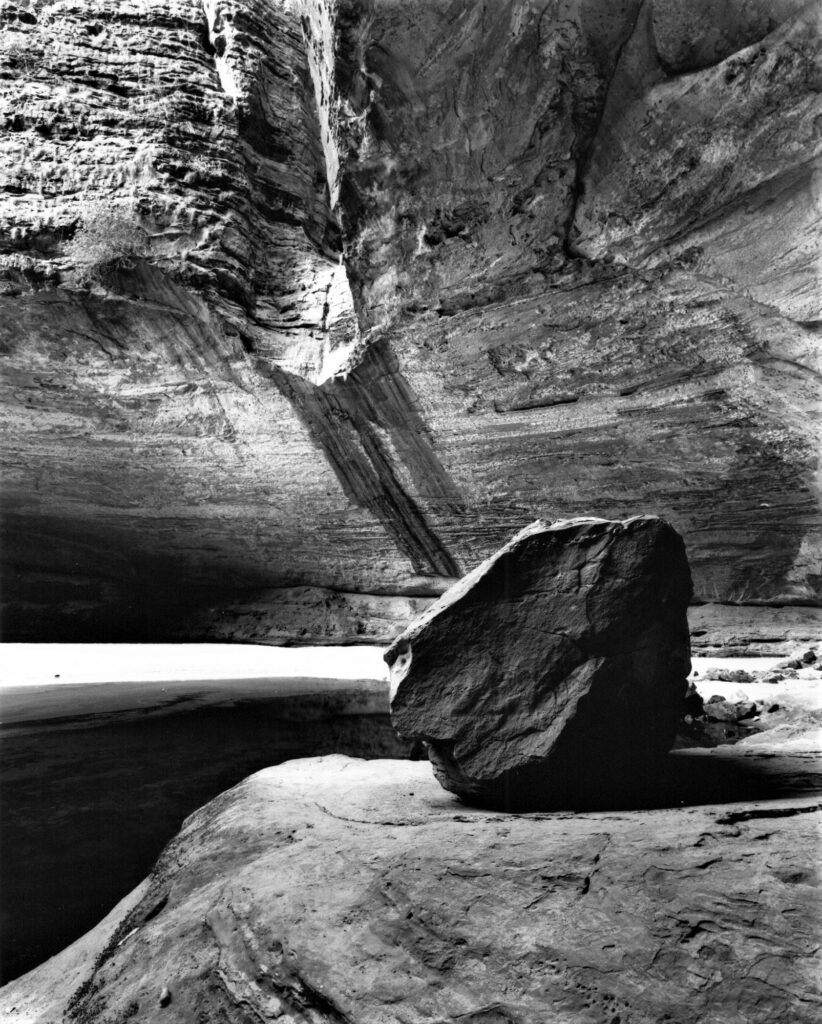

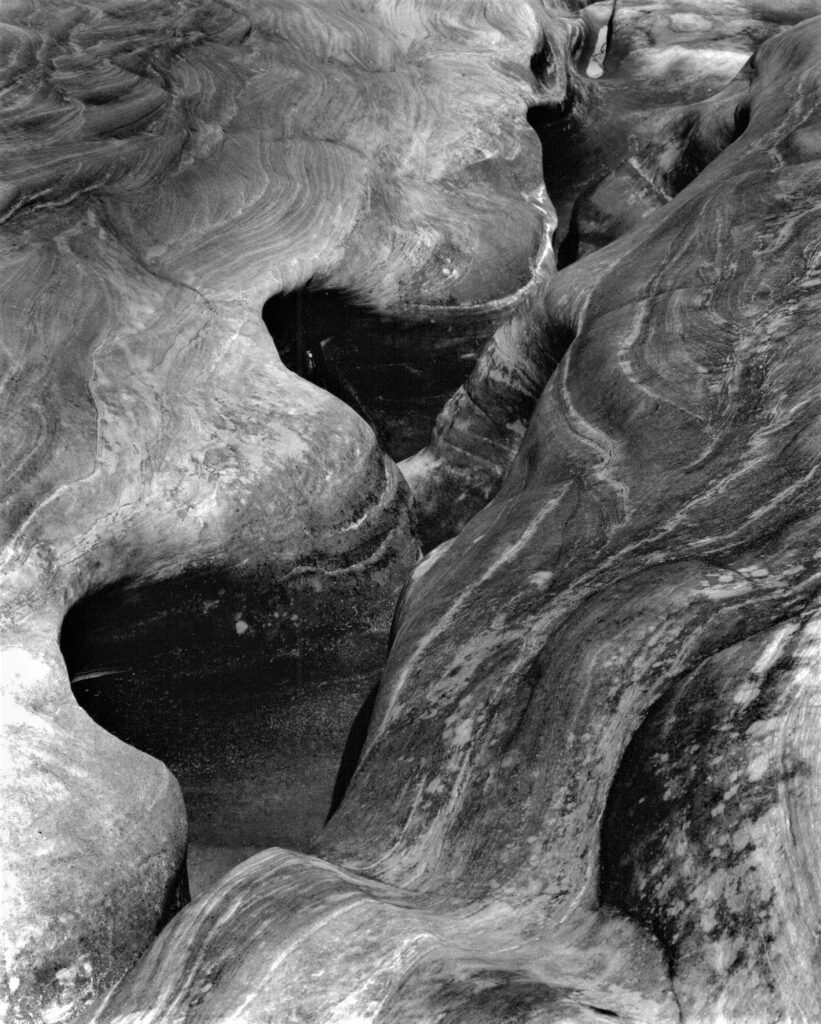

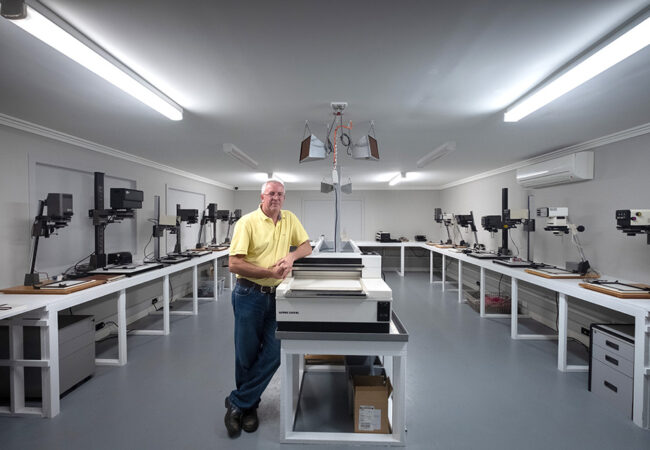
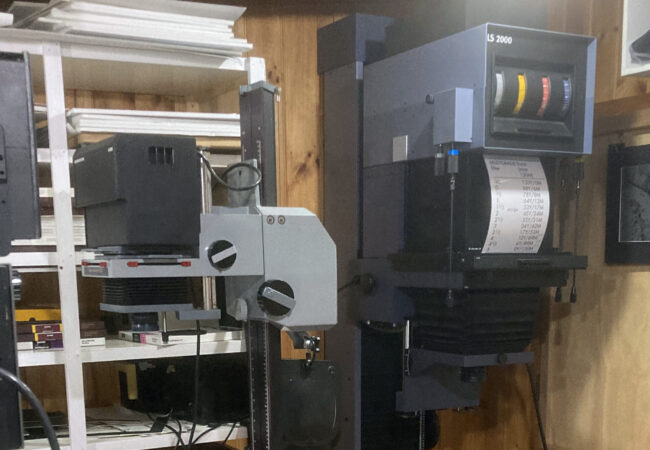
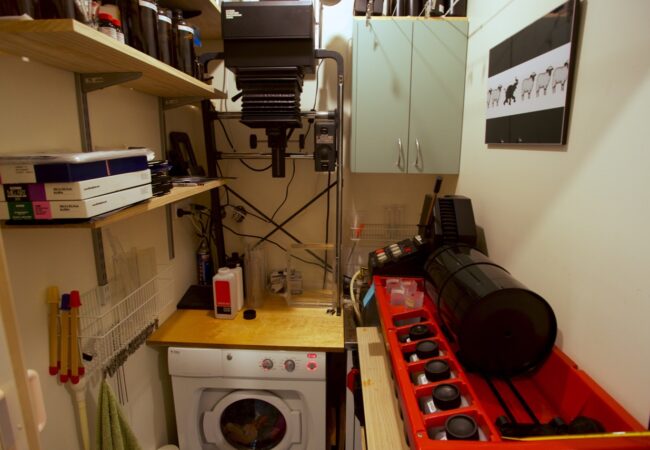

A beautiful body of work, Murray. Thank you for sharing the insights behind making the images.
Thankyou very much Mark, I’m glad it was of interest. I too enjoy learning how others approach their photography, and what it is about the analogue process that interests them. I hope to read more on this forum!
Murray, thank you very much for this and your previous article ‘Iron Awe’. It’s really interesting to read where photographers are going to make large format photographs and to hear about their experiences in making photographs.
I hope more photographers follow your example and submit stories about their adventures.
Awesome Murray! Love that epic photograph at the very top and the King one too! You did well to dodge the crowds, these photographs touch the grandeur of geology and make me want to visit tomorrow!
Thankyou David and Mat, there are many great destinations to visit with a view camera. Let’s keep the momentum going!